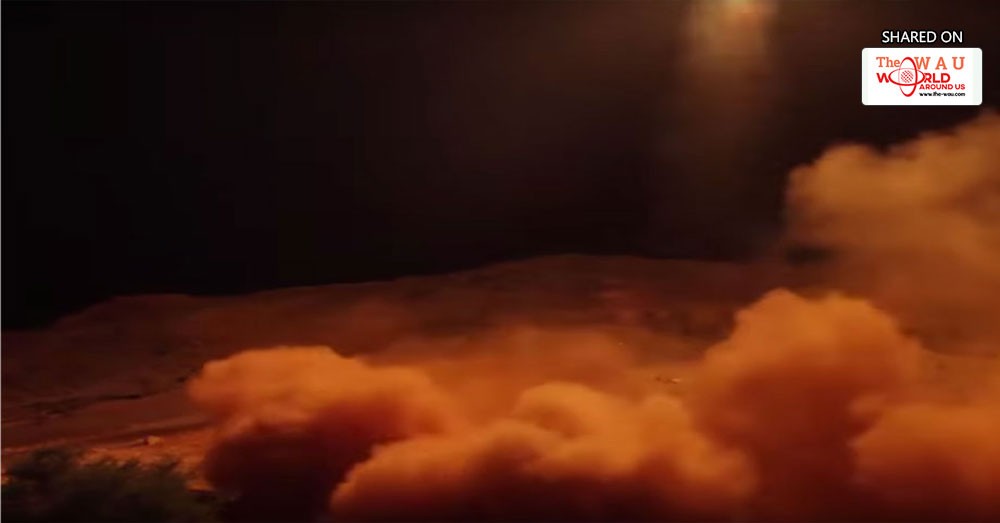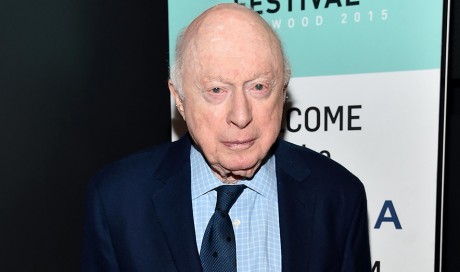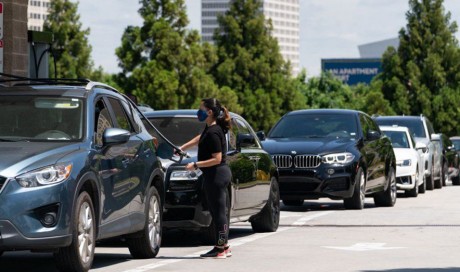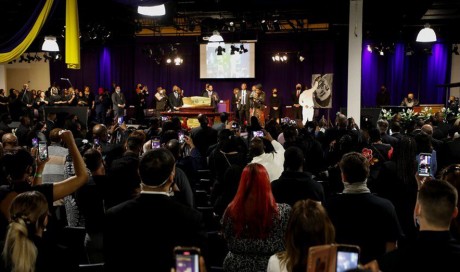The official story was clear: Saudi forces shot down a ballistic missile fired by Yemen’s Houthi rebel group last month at Saudi Arabia’s capital, Riyadh. It was a victory for the Saudis and for the United States, which supplied the Patriot missile defense system.
“Our system knocked the missile out of the air,” President Trump said the next day from Air Force One en route to Japan, one of the 14 countries that use the system. “That’s how good we are. Nobody makes what we make, and now we’re selling it all over the world.”
But an analysis of photos and videos of the strike posted to social media suggests that story may be wrong.
Instead, evidence analyzed by a research team of missile experts appears to show the missile’s warhead flew unimpeded over Saudi defenses and nearly hit its target, Riyadh’s airport. The warhead detonated so close to the domestic terminal that customers jumped out of their seats.

Saudi officials did not respond to a request for comment. Some U.S. officials cast doubt on whether the Saudis hit any part of the incoming missile, saying there was no evidence that it had. Instead, they said, the incoming missile body and warhead may have come apart because of its sheer speed and force.
The findings show that the Iranian-backed Houthis, once a ragtag group of rebels, have grown powerful enough to strike major targets in Saudi Arabia, possibly shifting the balance of their years-long war. And they underscore longstanding doubts about missile defense technology, a centerpiece of American and allied national defense strategies, particularly against Iran and North Korea.
“Governments lie about the effectiveness of these systems. Or they’re misinformed,” said Jeffrey Lewis, an analyst who led the research team, which shared its findings with The New York Times. “And that should worry the hell out of us.”
The Missile
Shooting down Scud missiles is difficult, and governments have wrongly claimed success against them in the past.

The missile, seen in this video released by the Houthis, is believed to be a Burqan-2, a variant of the Scud missile used throughout the Middle East. It traveled about 600 miles.
Saudi and American officials have accused Iran of supplying the Houthis with the missile, a charge that Tehran denies. A recent United Nations report found evidence that the missile had been designed and manufactured by Iran, according to a Security Council diplomat. Reuters first reported the U.N. findings.
Mr. Lewis and the other analysts, based mostly at the Middlebury Institute of International Studies in Monterey, Calif., were skeptical when they heard Saudi Arabia’s claim to have shot it down.
Governments have overstated the effectiveness of missile defenses in the past, including against Scuds. During the first Gulf War, the United States claimed a near-perfect record in shooting down Iraqi variants of the Scud. Subsequent analyses found that nearly all the interceptions had failed.
Had it failed in Riyadh as well? The researchers scraped social media for anything posted in that area and time frame, looking for clues.
The Debris
The pattern of missile debris littering Riyadh suggests missile defenses either hit the harmless rear section of the missile or missed it entirely.
Just as the Saudis fired off missile defenses, debris began to fall in downtown Riyadh. Video posted on social media captured one particularly large section, which landed in a parking lot next to the Ibn Khaldun School.
Other videos show scraps that fell at a handful of other locations clustered in a roughly 500-yard area along a highway.
Saudi officials said the debris, which appears to belong to a downed Burqan-2, showed a successful shootdown. But an analysis of the debris shows that the warhead components – the part of the missile that carries the explosives – were missing.

The missing warhead signaled something important to the analysts: that the missile may have evaded Saudi defenses.
The missile, in order to survive the stresses of a roughly 600 mile flight, was almost certainly designed to separate into two pieces once near its target. The tube, which propels the missile for most of its trajectory, falls away. The warhead, smaller and harder to hit, continues toward the target.

This would explain why the debris in Riyadh only appears to consist of the rear tube. And it suggests that the Saudis may have missed the missile, or only hit the tube after it had separated and begun to fall uselessly toward earth.
Some U.S. officials said there was no evidence the Saudis had hit the missile. Instead, the debris may have broken up under the pressures of flight. What the Saudis presented as evidence of their successful interception may have simply been the missile ejecting its tube as intended.
Share This Post















